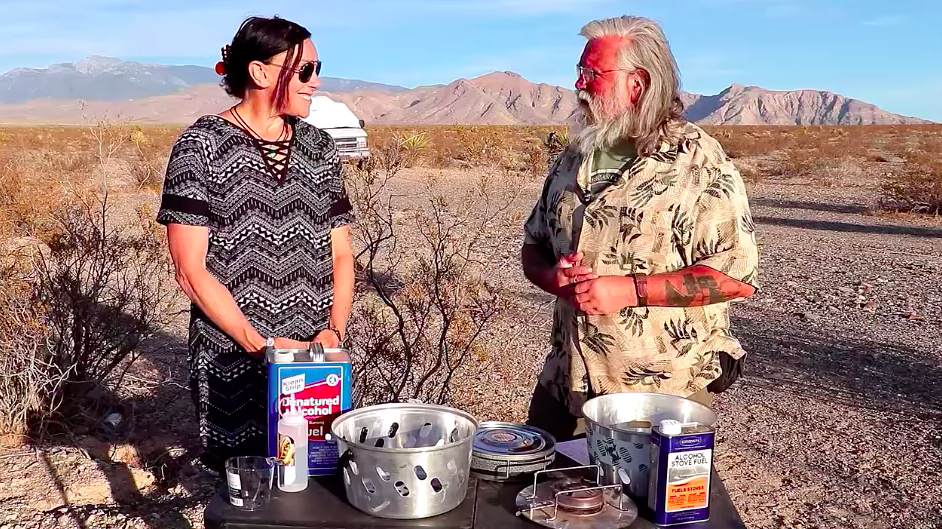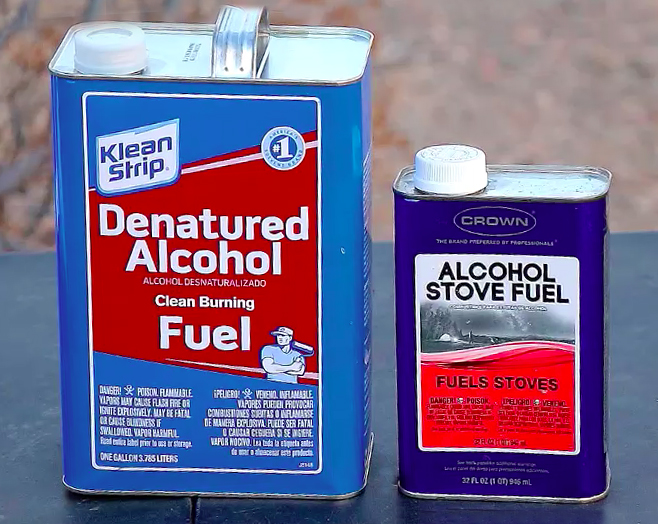
Disclaimer: The Dometic Origo Heat Pal 5100 featured here is no longer made, but you might find a used one. There are other choices of alcohol burning heaters and stoves. The same benefits apply.
I’ve had folks tell me they don’t want propane in their rig. Some of them are allergic to propane, or have respiratory problems and can’t breathe, or don’t want pressurized fuels around, or want something more environmentally friendly. I think alcohol is a viable alternative for these people.

Alcohol stoves/heaters burn denatured alcohol, which is sometimes labeled as alcohol stove fuel. Same stuff. It’s mostly ethanol, which is made from plant matter—a renewable resource. (It’s interesting that denatured alcohol contains additives to make it “poisonous, bad-tasting, foul-smelling, or nauseating to discourage recreational consumption.” Don’t go drinking your heater fuel, people.)
The alcohol is poured into a reservoir containing a fireproof sponge-like material that acts like a giant wick. It also makes it nearly spill proof. A lid slides over the reservoir opening to control temperature or to snuff out the flame. Very simple.


Depending on the size of the burner and the outside temperature, an alcohol heater can keep a van warm even on a low setting.
The advantage of the heater featured here is its large reservoir. It can go longer between refills. However, if you don’t want something that costly and large, two or three small backpacker-style alcohol stoves might serve your purposes. There are many videos out there on YouTube showing how you can even make an alcohol burner from aluminum cans.

Possible negatives
Denatured alcohol costs more than other liquid or gaseous fuels. (About $12-20/quart, $40-50/gallon.) So it can be prohibitively expensive in regions with long periods of very cold weather.
It’s almost impossible to see alcohol flames in daylight. That means you need to be careful. Is it burning or not? When in doubt, snuff it out.

I am still pissed off at Dometic for buying out the company and then killing the origo. >:-(
One thing I did not see mentioned here, alcohol is really hard to get burning, combusting, below 32*F. You may have to warm your fuel before you try lighting it. Learning this was one of the most brutal experiences I have had in the wild. I also felt a little dumb, because it is just science and I should have known…
It’s hard to seek out knowledgeable people on this topic, but you sound like you already know what you’re talking about! Thanks